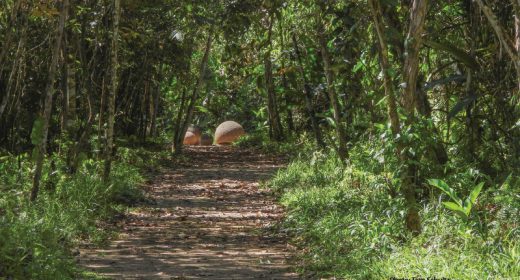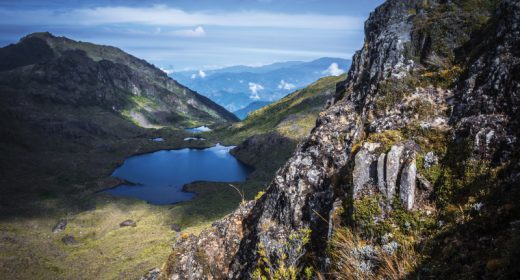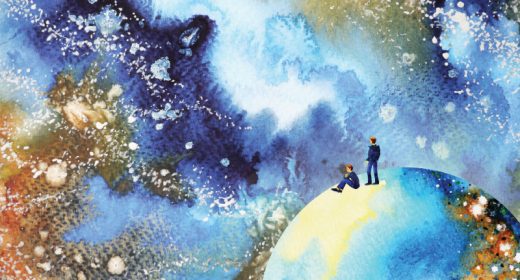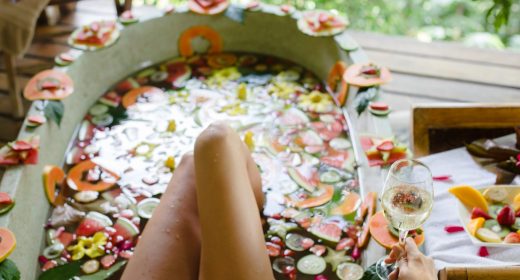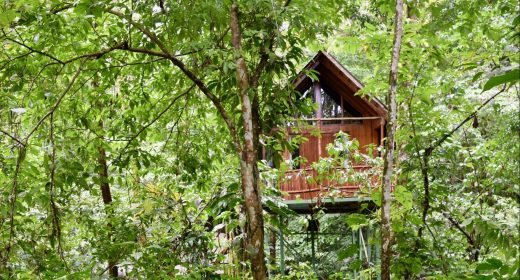
Cool Places – Hot Springs
- SEP 04, 2017Warning: count(): Parameter must be an array or an object that implements Countable in /home/howlermag/public_html/old/wp-content/themes/new-paper/includes/general.php on line 193
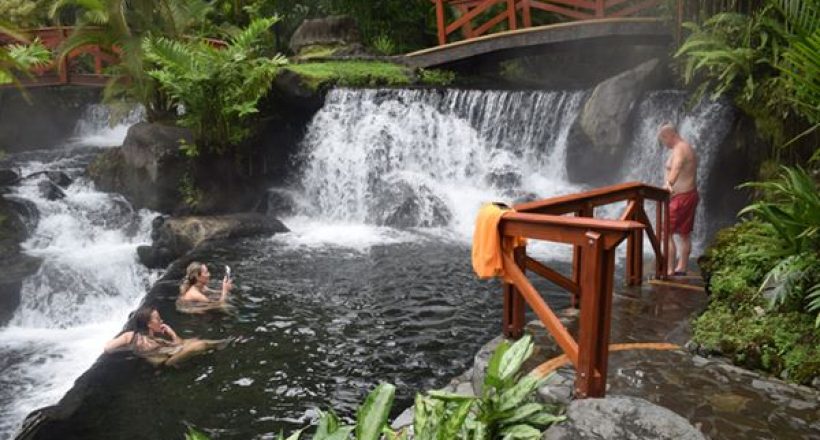
Your Lead Paragrpah goes here
September and October are the wettest months in Costa Rica, and even though some will tell you the “green season” is the best time to visit, tourists stay away in droves. Nobody wants to lie on a beach in the rain, nor does a downpour make ziplining, fishing or even whitewater rafting more fun.
But there’s one very Costa Rican attraction that’s more or less immune to the buzzkill of rainfall: hot springs. If you’re going to get wet anyway, why not get wet in a natural thermal pool that’s bathwater-warm (preferably with someone you love)?
Costa Rica is home to a few dozen volcanoes, and a handful are quite active. But even where there’s not a lot of smoke in the air, there can be a lot of fire in the ground — volcanic magma that heats the water that percolates into the ground from all that rainfall.
This water has to go somewhere, and it often surfaces in still, warm pools or even fast, rushing rivers. It can also be pumped from the ground and piped into manmade pools to the delight of tourists, as Costa Rican entrepreneurs discovered decades ago.
In the country’s hot springs capital, at the base of Volcán Arenal, more than a dozen resorts offer a hot soak in multiple pools. Around Rincón de la Vieja, an active volcano in the northwest, there are several others.
The health benefits of hot springs have been touted for centuries. Costa Rica’s first capital, Cartago, was said to have been founded by Juan Vásquez de Coronado in 1563 because he believed he had located the “fountain of eternal youth.”
Hot springs still exist at San Francisco de Cartago, which was known as “Agua Caliente” in the 1880’s, and the Bella Vista Hotel built over the springs was one of Costa Rica’s biggest tourist attractions at the time. An 1886 tract promoted the site like this: “The thermal waters of ‘Agua Caliente’ are invaluable for all classes of venereal diseases, anemia, liver and kidney complaints. Rheumatism, paralysis and skin diseases find a lasting cure here.”
Exaggerate much?
Ask Jorge David Monge, manager of Paradise Hot Springs in Arenal, and he’ll tell you that volcanic hot springs contain magnesium, sodium, calcium, potassium, carbonates and sulfates, all of which can improve human health. These minerals have analgesic, detoxifying and sedative qualities, he says, and can alleviate rheumatism, arthritis, cramping, eczema and dermatitis.
Scoff if you want, but there’s no denying that soaking in hot springs can be both relaxing and enjoyable, and if it peels away layers of stress, that can’t be a bad thing. (It’s also a decent idea to bring a date, as these watery environments can be très romantic.)
It’s no accident that combo tour operators often include a visit to hot springs after a day of gut-wrenching ziplining or butt-wrenching horseback riding. It may be the perfect way to wind down, soak stressed muscles and purge all those adrenaline surges with a flow of pure endorphins.
When you first step into the water you may say, “Ow, ow, ow!” But soon you’ll be saying, “Ah, ah, aaaaaaahhh.”

